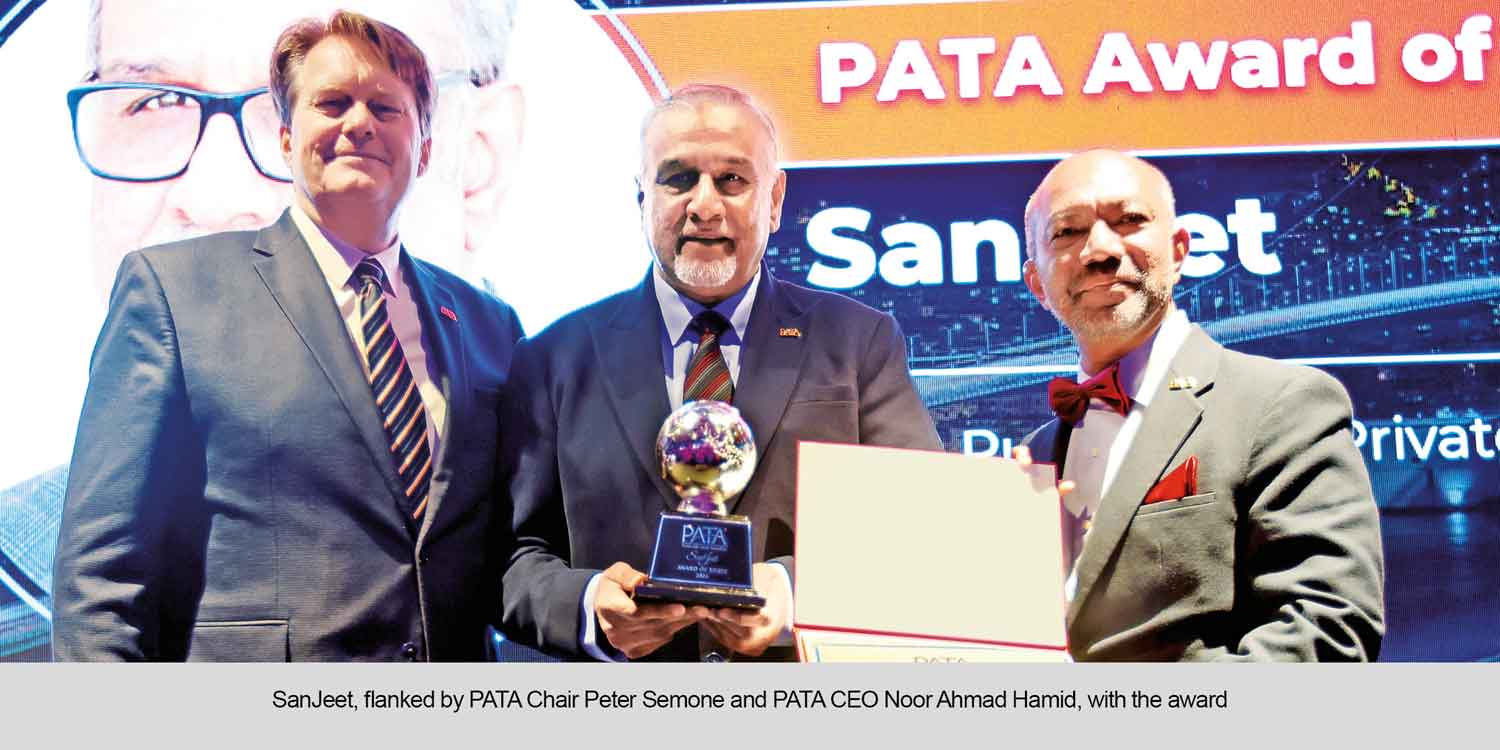In a tête-à-tête with TRAVTALK, David Scowsill, President & CEO, World Travel and Tourism Council (WTTC), explains why Incredible India needs a larger marketing fund, a cohesive strategy and a sensible taxation rate to effectively harness the country’s tourism potential.
Q) What is your opinion on the growth of tourism in India?
A) Domestic travel has been growing at a huge pace with domestic airlines booming and the increase in airline frequencies, the amount of movement in cities like Delhi and Mumbai has particularly escalated. There’s so much competition between the airlines that despite high taxes, the fares are relatively moderate to stimulate the market, so that’s going well. However, the inbound to India has been very static for such a long time and there’s so much room for growth here. The way I see it, it’s been quite slow for India since the past 10-15 years. There have been some good decisions in some key parts of infrastructure, like the e-Tourist Visa (eTV), but the government needs to invest a lot more and increase their marketing funds to give tourism a push for both business and leisure.
Q) What do you think is lacking?
A) India’s eTV has been a very important decision but many factors need to be looked into, like an extension of the duration of stay. The Incredible India campaign has a lot of resonance but needs more funding because it is a very competitive world after all. When a government’s acknowledged that travel and tourism is one of the key pillars to the economic growth, which the Indian government has, the focus then goes into the development of infrastructure. And I don’t mean just the investment in rails and roads, it’s also telecom, banking and extended services that go hand in hand. Inbound can be boosted if more money is pumped into marketing and if visa is more like a two-year waiver program, it would be far more efficient for everybody.
Q) With a variety of destinations, India still faces the issue of seasonality. How can this be addressed?
A) India needs a coordinated marketing approach especially because the market is huge and extremely competitive. A cohesive marketing plan would be most effective where the state and central level share good communications with each other. These days with the Internet and its capabilities, you can have a very small business operating in a niche area, but it still has to be under the umbrella of what India is trying to sell. It needs to be relatable with the brand image and then build awareness around it. The marketing and the products offered need to be in sync with each other. QHow can one ensure that a tourism policy is both effective CPFDGPGſEKCN! A coordinated approach to a policy is absolutely necessary to help the industry grow. It needs to be linked to a national and a state-level plan on what the country needs to do for the next 10 years. The policy should cite capital investment for infrastructure and most importantly, it needs a sensible level of taxation, whether it is the aviation tax or whether it is the goods and services tax that should be kept at a moderate level.
Q) What are some of the key areas of focus in tourism?
A) An important aspect that needs more emphasis is managing destinations better. We have to make sure the volumes of people coming to a certain destination is not going to harm the place because the next decade will see a lot of travel taking place. WTTC has forecasted a total of 1,931,830,000 foreign tourists to travel by 2026, so managing destinations is going to be crucial in this. Climate change is another challenge that has to be brought to attention. We know it’s happening and the industry needs to contribute by consistently following sustainable practices to keep the situation from going out of hand. When it comes to terrorism, at this point, we know we’re going to contend with more attacks. It’s not going to stop at any point of time, but the travellers are more resilient than ever and will not, in any way, stop travelling. Despite the terror strikes, travel will continue to grow.
Q) What does next year’s Global Summit aim to discuss?
A) The next WTTC Global Summit will be held in Bangkok from April 26-27, 2017. This year has been declared as the Year of Sustainable Tourism so we’ll be really focused on how the industry is going to tackle things differently. How it’s going to handle climate change, destination management, disruptions be it political or terrorism. The agenda is to bring all the world leaders together to discuss and brainstorm on all these issues and challenges and collectively mull over the solutions.
Expert Speak:
- WTTC has forecast a total of 1,931,830,000 foreign tourists to travel by 2026
- WTTC’s next Global Summit will be held in Bangkok from April 26-27, 2017, the Year of Sustainable Tourism
“The Incredible India campaign has a lot of resonance but needs more funding because it is a very competitive world after all. When a government’s acknowledged that travel and tourism is one of the key pillars to the economic growth, which the Indian government has, the focus then goes into the development of infrastructure” – David Scowsill President & CEO World Travel and Tourism Council (WTTC)
 TravTalk India Online Magazine
TravTalk India Online Magazine








